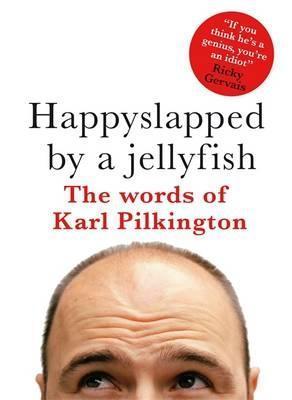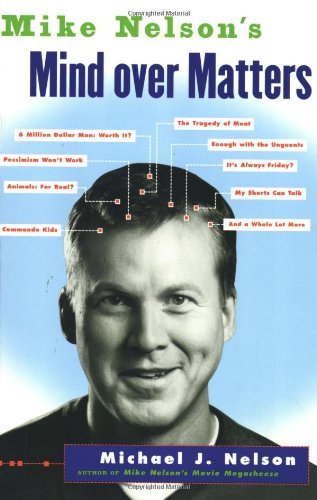
This is a Book
Book Description
A whirlwind of hilarity and insight awaits within the pages of 'This is a Book' by Demetri Martin, where witty observations collide with the absurdities of everyday life. Each page bursts with clever illustrations and sharp commentary, illuminating the quirks of the human experience. From the quirks of language to the struggles of identity, Martin masterfully blends humor with profound reflections, inviting laughter and introspection alike. Delve into the art of comedy as it ignites a deeper understanding of life’s complexities. What truths will emerge when laughter becomes the lens through which we explore our world?
Quick Book Summary
"This is a Book" by Demetri Martin is a collection of inventive, whimsical essays, stories, lists, charts, and illustrations that showcase the comedian’s unique wit and perspective. Martin’s humor navigates the everyday oddities and larger issues of the human experience, such as the peculiarities of language, the struggles around identity and self-discovery, and the absurdity of social conventions. Each piece is compact and clever, offering both immediate laughs and deeper reflections. The book’s inventive format, including visual gags and unexpected narrative turns, mirrors Martin’s stand-up style—dry, self-aware, and deeply observant. Readers are invited to laugh while also pondering subtler truths about life, relationships, and the art of seeing the world differently.
Summary of Key Ideas
Table of Contents
Humor as Insight into Everyday Life
Martin’s essays, lists, and stories reveal how humor can uncover layers of meaning in daily existence. He takes mundane situations—like going to the doctor or shopping—and exposes their inherent oddities, encouraging readers to see humor in the standard processes of living. His use of observational comedy highlights the small but telling details that often go unnoticed, offering both delight and fresh perspective. This approach makes the book feel like a toolbox for recognizing hidden comedy in the world around us.
Absurdities and Quirks of Human Nature
A recurring theme in the book is the exploration of human idiosyncrasies. Martin playfully examines social customs and personal habits, celebrating human weirdness rather than mocking it. Through essays and diagrams, he points out how our behaviors often defy logic, as in his analysis of obsession, procrastination, or the ways we try to impress others. By amplifying these quirks, Martin invites readers to laugh at themselves, offering relief from the pressure to conform.
The Playfulness of Language and Communication
Language is both a playground and a puzzle in Martin’s hands. Many sections revolve around wordplay, alternative definitions, and puns, displaying both a love and skepticism of words’ power. Charts and lists become sources of comedy, as Martin finds humor in the ways language shapes (and often misshapes) our thoughts and interactions. This playful take on communication not only amuses but also points to the complexities of understanding one another.
Self-Reflection and the Search for Identity
Underneath the jokes, Martin frequently returns to questions of identity and meaning. His essays touch on self-reflection, the process of growing up, and the arbitrary nature of social roles. He muses on how awkwardness, self-doubt, and the desire for connection define the human condition. Through comedy, Martin shows that laughter can be both a shield and a tool for genuine self-discovery, encouraging the reader to accept the messiness of life.
Finally, the book’s experimental structure—mixing visual gags, stories, absurdist scenarios, and even faux contest entries—invites the reader into an interactive experience. This stylistic variety mirrors the unpredictability of life and encourages openness to new perspectives. Ultimately, Martin’s work is both an antidote to seriousness and an invitation to look beneath the surface, suggesting that the world is funniest and most meaningful when viewed through a lens of curiosity and creative humor.
Download This Summary
Get a free PDF of this summary instantly — no email required.





